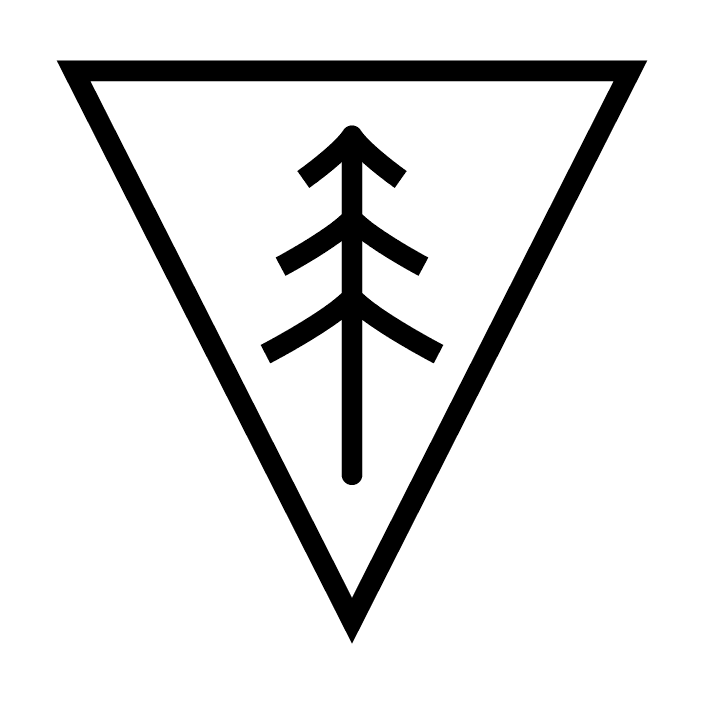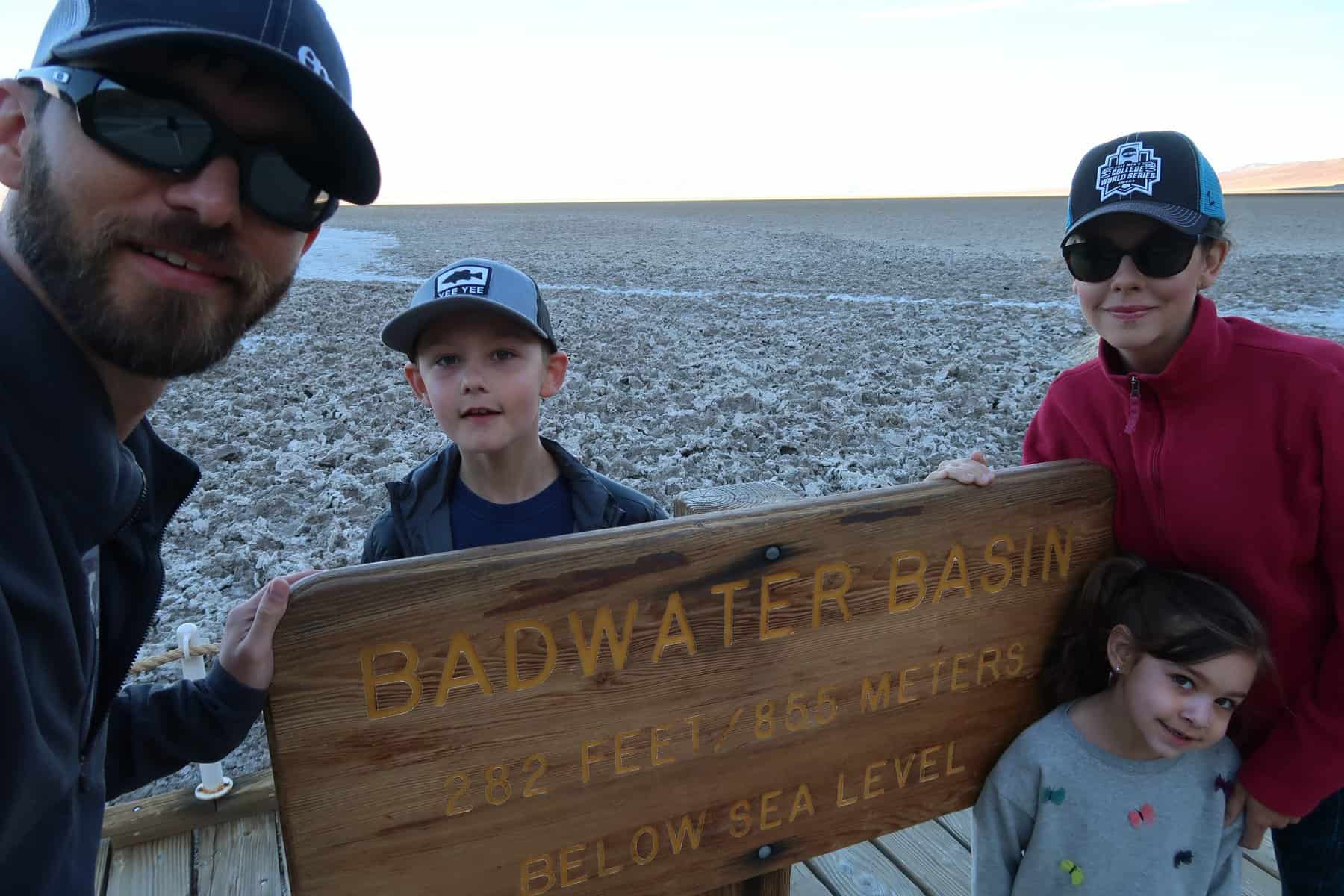Death Valley National Park and Joshua Tree National Park are two of the most iconic national parks in California. Both are located in the Mojave Desert. Both parks offer visitors unique landscapes, diverse wildlife, and endless opportunities for outdoor adventure. We’ll explore the similarities and differences between these two parks.
Similarities:
1. Both Death Valley and Joshua Tree have Desert Landscapes
Both Death Valley National Park and Joshua Tree National Park are located in the Mojave Desert. This means that they share some similarities in their landscapes, including vast expanses of sand dunes, rugged mountain ranges, and unique rock formations.
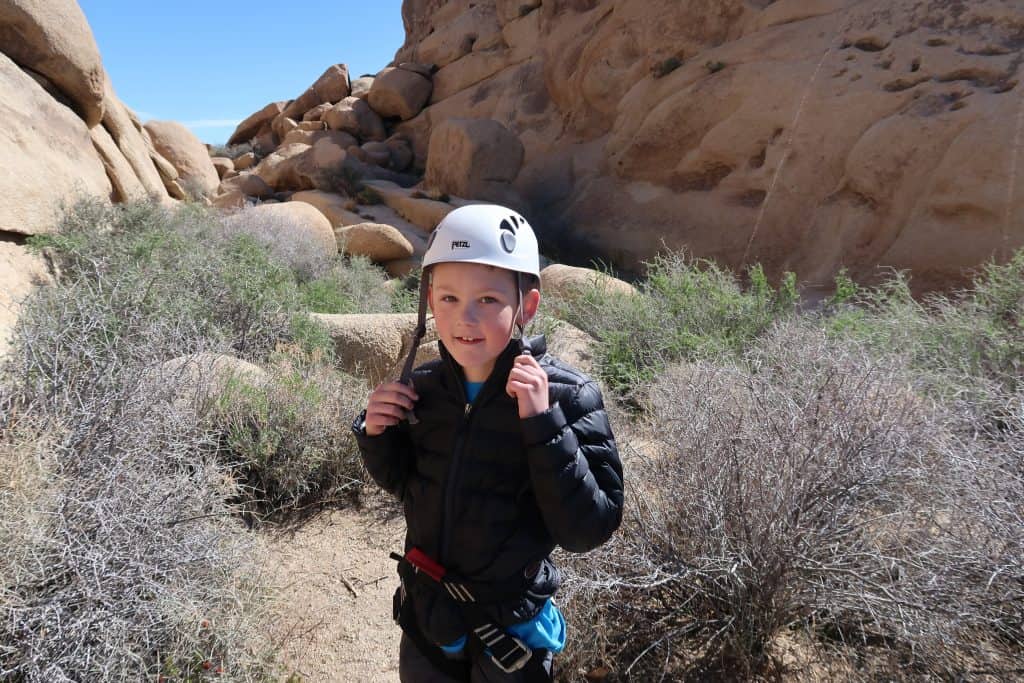
2. Similar Climate
Both parks experience extreme temperatures with summer temperatures often exceeding 100 degrees fahrenheit. Visitors should be prepared for hot and dry weather conditions and should always bring plenty of water and protective clothing.
Due to the similar climate, you will likely want to visit them during the same time of year. Thus, we suggest that you combine them in a single trip. The parks are about 4.5 hours apart with Death Valley closer to the hub of Las Vegas.
3. Similar Wildlife
Both parks are home to a variety of wildlife, including bighorn sheep, coyotes, desert tortoises, and various species of birds.
Visitors should be aware of the wildlife in the parks and take precautions to avoid disturbing or harming them.
Pro Tip: Death Valley does have the endangered pup fish which cannot be found at Joshua Tree!
4. Off-Roading Opportunities
Due to the rugged terrain, both parks have plentiful opportunites for off-roading. In Joshua Tree, you can take the Geology Trail or the Old Dale Mining District.
In Death Valley, you can test your skills in the Echo Pass and Echo Canyon areas of the park.
Differences between Death Valley and Joshua Tree
1. Geology in Death Valley and Joshua Tree
While both parks have unique geological features, they differ in their dominant rock types. Joshua Tree National Park is known for its distinctive granite rock formations, while Death Valley National Park has a diverse range of geological formations, including salt flats, craters, and canyons carved out by floods.
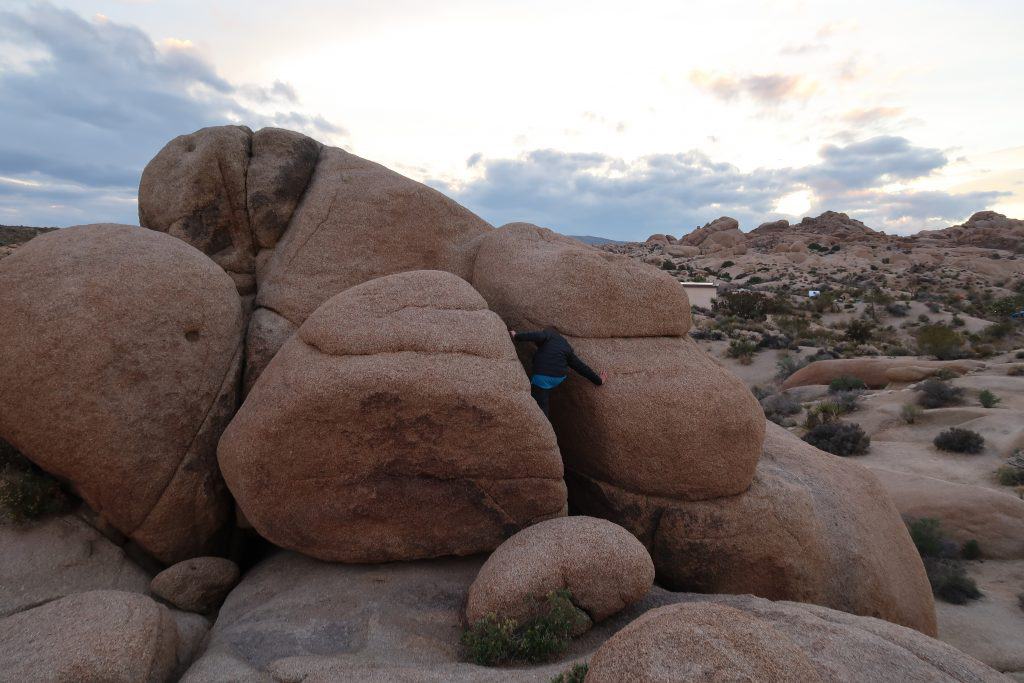
2. Elevation in Death Valley and Joshua Tree
Death Valley National Park has the lowest elevation in North America: Badwater Basin at 282 feet below sea level. However, it also has Telescope Peak soaring to over 11,000 feet high.
In contrast, Joshua Tree National Park has a more moderate range of elevation spanning from about 2000 feet above sea level to its highest peak, Quail Mountain, standing at 5,816 feet above sea level.
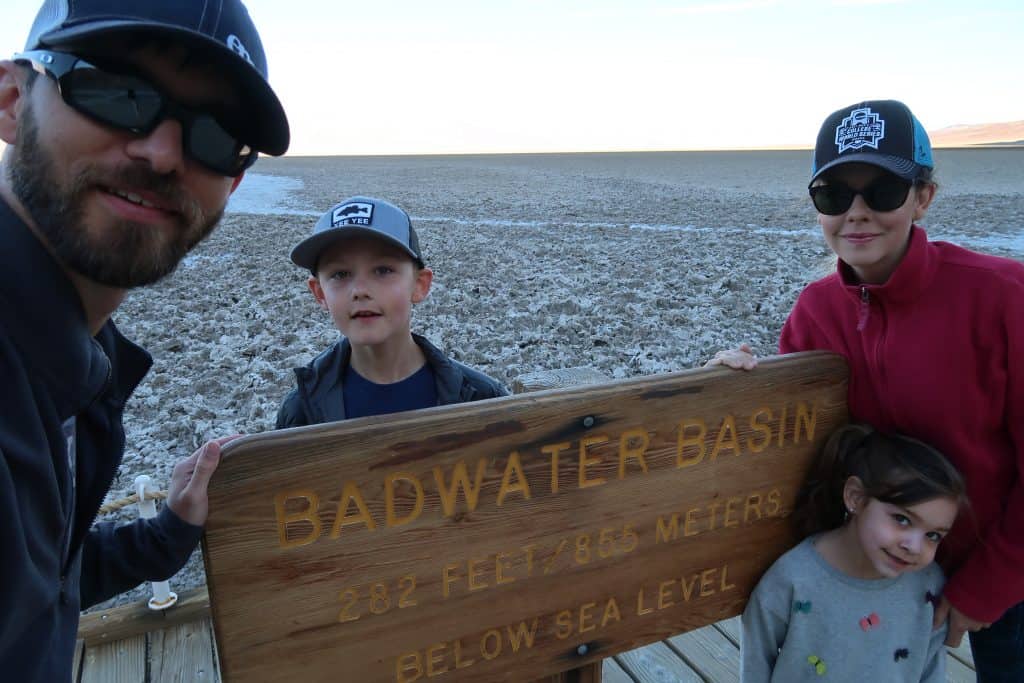
3. Flora in Death Valley and Joshua Tree
Both parks have unique plant communities, but they differ in the types of plants that grow there. Joshua Tree National Park is named after its iconic Joshua trees which are a type of yucca plant.
Joshua Tree, like most of the Mojave Desert, is home to many cacti and agave. Death Valley, however, has far fewer of these plants due to the heat and soil salinity.
Death Valley National Park does have a diverse range of plant life including pickleweed which thrives in high salinity soils!
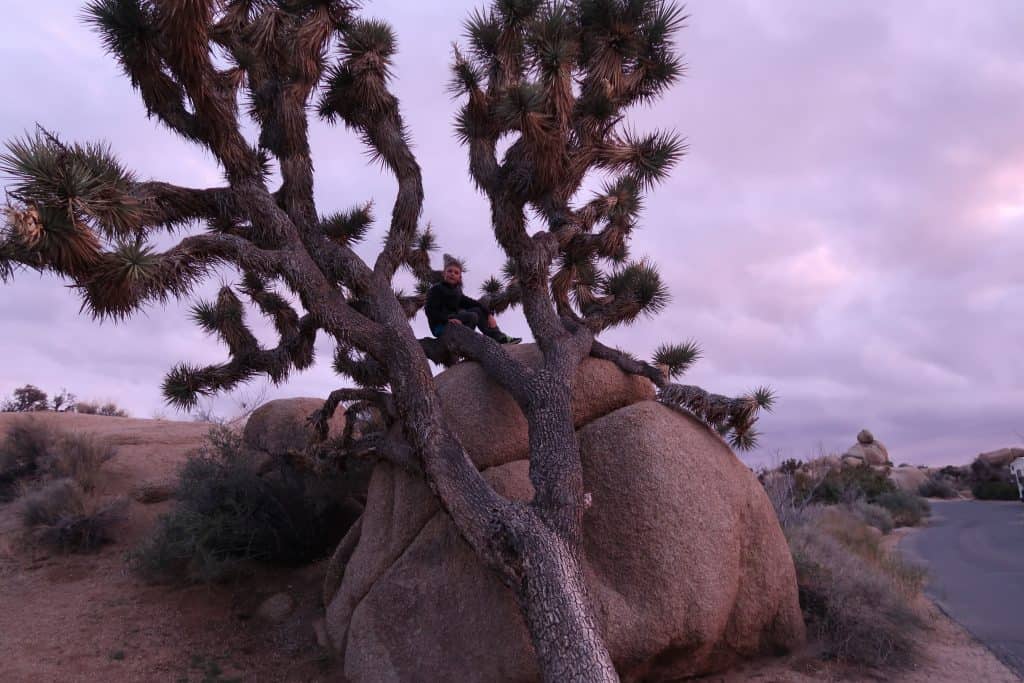
4. Differences in Park Amenities at Death Valley and Joshua Tree
While Joshua Tree National Park has nine campgrounds within the park, it does not have any lodge or inn facilities. It is rugged and remote, and facilities are outside of the park boundaries.
Death Valley has several sections of the park that are built out with some amenities including a gas station, a golf course, lodging, swimming pools, bars, and restaurants. Death Valley also includes museums and gift shops. There are resort-like opportunities within the park boundaries, should visitors need or want them.
Thus, visitors can enjoy primitive experiences in both parks, but amenities only at Death Valley.
5. Attractions in Death Valley and Joshua Tree
The parks each differ in what makes them special. In fact, it is astonishing that they are so different given their proximity to one another and their desert environments.
In Joshua Tree you visit to enjoy the Joshua Trees, the “jumbo” rocks, and the vast landscapes. The elevation is more steady, and the park is much smaller. Top hiking features include views of the San Andreas Fault, a desert oasis, fields of cacti, and bouldering fun.
Death Valley offers little overlap. Its mountains, basin, sand dunes, and colorful rock formations impress guests in an other-worldly sort of way. Hiking features include salt flats, mountain views, rock formations, and sand dunes.
These differences are exactly what make them each such a special national park.
Recommended Family Itinerary for Joshua Tree and Death Valley National Parks
We recommend that you camp in Joshua Tree National Park. The Jumbo Rocks Campground is a playground of boulders that kids love to explore. Spend two nights here.
During the day, visit Skull Rock, and hike the Cholla Cactus Garden Trail. Pick up a Junior Ranger Program for the kids to enjoy during the trip. Add on hikes or cultural sites as you have time or energy.
When you are ready for a nice shower, head out of Joshua Tree and north to Death Valley. Stay at the Ranch or the Oasis, depending on your budget.
Plan for three nights on your first visit to Death Valley. For highlights in this park, read our post on what to do with kids at Death Valley. Between the sledding the dunes, exploring the visitor center, and sinking into Badwater Basin, your trip will yield lasting memories!
We strongly suggest that you visit these Mojave Desert parks during the cooler months of the year. I would plan for November through March. Remember, if you want to see Death Valley’s electric blue and endangered pup fish, March is the best month. You may even catch a superbloom!
Make sure you get reservations for these parks as far in advance as possible as the book quickly!
Whether you’re interested in exploring diverse landscapes, experiencing extreme temperatures, or encountering unique wildlife, both parks offer something for everyone.
So, pack your bags and get ready to explore the similarities and differences between Death Valley National Park and Joshua Tree National Park.
With stunning landscapes, rich history, and endless opportunities for adventure, both parks are destinations you won’t want to miss.
